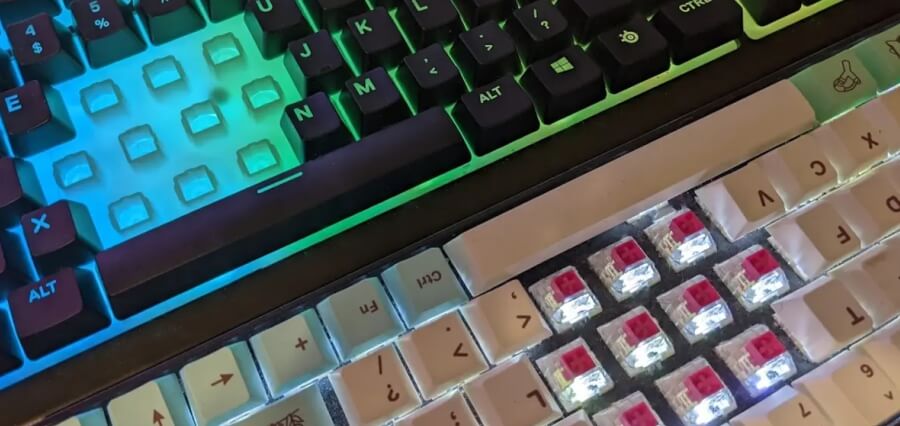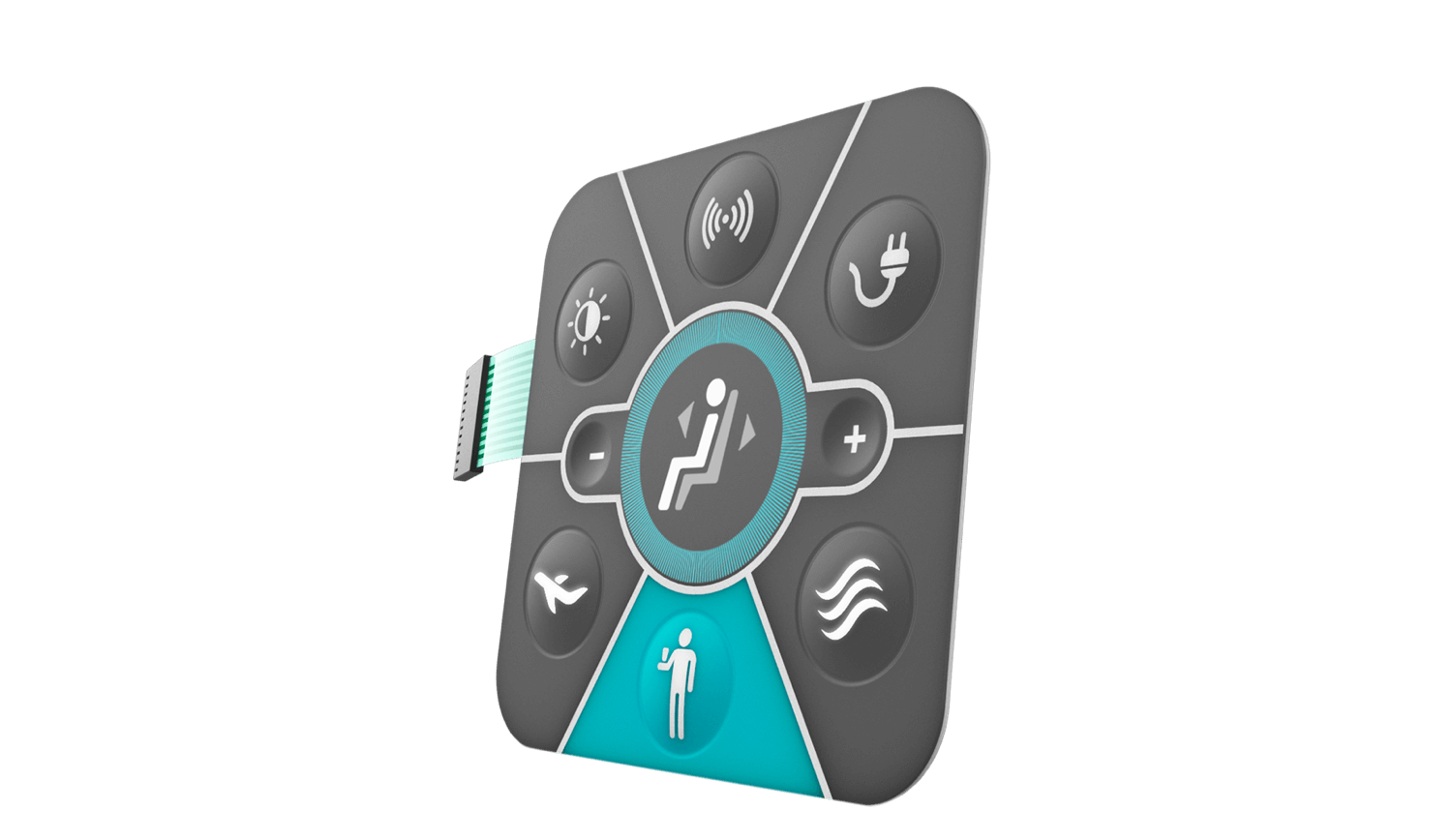The Duty of a Membrane Switch in Modern Touch Interfaces and Controls
The Duty of a Membrane Switch in Modern Touch Interfaces and Controls
Blog Article
Just How Membrane Layer Switches Over Contribute to the Sturdiness of Electronic Control Panels
Membrane switches play an essential role in boosting the toughness of electronic control panels, primarily via their multi-layered construction which offers reliable protection against environmental elements such as wetness and dust. The lack of moving components considerably decreases the probability of mechanical failures, making membrane changes suitable for demanding applications.
Interpretation of Membrane Layer Switches

Membrane layer buttons are made to be thin and light-weight, making them appropriate for applications where space is restricted. They can be manufactured in different forms, sizes, and colors, using versatility in style that satisfies aesthetic and practical demands. Furthermore, membrane switches can incorporate various innovations, such as responsive comments and LED indicators, enhancing individual experience.
Due to their building, membrane switches are often resistant to dust, dampness, and basic wear, adding to their durability in demanding environments. Their smooth layout not only facilitates very easy cleaning however additionally decreases the danger of mechanical failure, making them a favored choice for producers looking for trustworthy customer interfaces in their digital control panels.
Security Against Ecological Factors
The style of membrane layer changes inherently gives a level of security versus different environmental variables, which is vital for keeping functionality in tough problems - Membrane Switch. These switches are commonly created with layers of adaptable materials that protect internal components from dampness, dust, and contaminants. By enveloping the circuitry, membrane changes minimize the risk of short circuits and deterioration, which can significantly hinder performance
In addition, the usage of durable adhesives and sealants throughout manufacturing enhances their resistance to ecological obstacles. Membrane buttons can endure direct exposure to chemicals and solvents, making them suitable for sectors such as food processing and health care, where health and cleanliness are critical. Their smooth surface layout also stops the build-up of dust and microorganisms, helping with less complicated cleaning and upkeep.
Temperature fluctuations are an additional ecological issue, and membrane switches are engineered to operate properly throughout a wide variety of temperature levels (Membrane Switch). This flexibility ensures that control board continue to be operational in numerous settings, from commercial environments to customer electronic devices
Effect On User Communication
User communication with electronic control panels is dramatically influenced by the style and functionality of membrane switches. These buttons give a tactile interface that improves the general customer More hints experience, permitting user-friendly navigating and control. Their receptive nature makes certain that customers obtain immediate feedback upon activation, which is vital for jobs calling for accuracy and performance.
Moreover, the smooth surface of membrane changes assists in simple cleansing and Learn More maintenance, promoting user confidence in the reliability of the interface. This sanitation is especially important in atmospheres where hygiene is vital, such as medical or food processing settings. Furthermore, the portable and light-weight style of membrane switches over contributes to the visual appeal of control board, encouraging user engagement through a contemporary and smooth look.
Additionally, the assimilation of visual components, such as printed icons and backlighting, helps users rapidly recognize functions, minimizing the discovering curve associated with brand-new tools. Consequently, users can run gadgets a lot more efficiently, leading to raised performance and complete satisfaction. In summary, membrane buttons play a critical duty in enhancing individual interaction by integrating functionality, aesthetic appeals, and ease of use, eventually resulting in boosted operational efficiency.
Style Versatility and Personalization
Design adaptability and personalization are essential facets of membrane switches, making it possible for makers to tailor electronic control panels to certain applications and customer requirements. This adaptability permits for the combination of numerous design aspects, such as shades, graphics, and textures, which can improve the aesthetic allure and customer involvement of the control board.
Membrane layer switches can be personalized in dimension and shape, fitting a variety of tools and applications, from commercial machinery to customer electronic devices. This flexibility makes certain that suppliers look at more info can produce instinctive interfaces that align with individual assumptions and functional needs. Furthermore, the capacity to incorporate one-of-a-kind attributes such as backlighting or tactile comments even more improves usability, permitting a much more interactive experience.
Furthermore, the manufacturing process for membrane layer switches over supports the rapid prototyping of designs, making it possible for makers to repeat and improve their principles promptly. This ability not just increases the development timeline but also ensures that the final item meets details functional and aesthetic requirements.

Cost-Effectiveness and Longevity
Cost-effectiveness and long life are substantial benefits of membrane layer switches, making them an eye-catching option for makers and end-users alike. These buttons are commonly less costly to create than typical mechanical switches, mostly as a result of their streamlined production processes and the lowered variety of parts required. This price advantage extends not only to initial manufacturing but likewise to long-term functional expenditures, as membrane switches often call for less upkeep and have a lower failing price.
Furthermore, the long life of membrane switches over adds to their general value. Built from resilient products, they are resistant to environmental factors such as wetness, dust, and chemicals, which can bring about premature wear in other switch types. The lack of moving components reduces mechanical failing, allowing membrane switches over to keep performance over extended periods.
This longevity is specifically advantageous in applications calling for constant performance under demanding problems, such as medical devices and commercial devices. Inevitably, the combination of cost-effectiveness and long life makes membrane layer switches over a financially sensible option for manufacturers, offering reliable remedies that withstand the test of time while maximizing monetary factors to consider.
Conclusion
In verdict, membrane layer buttons substantially enhance the resilience of electronic control panels through their durable building and safety features - Membrane Switch. Overall, membrane layer changes represent a trusted and cost-efficient choice for improving the long life and capability of electronic control systems.
Report this page